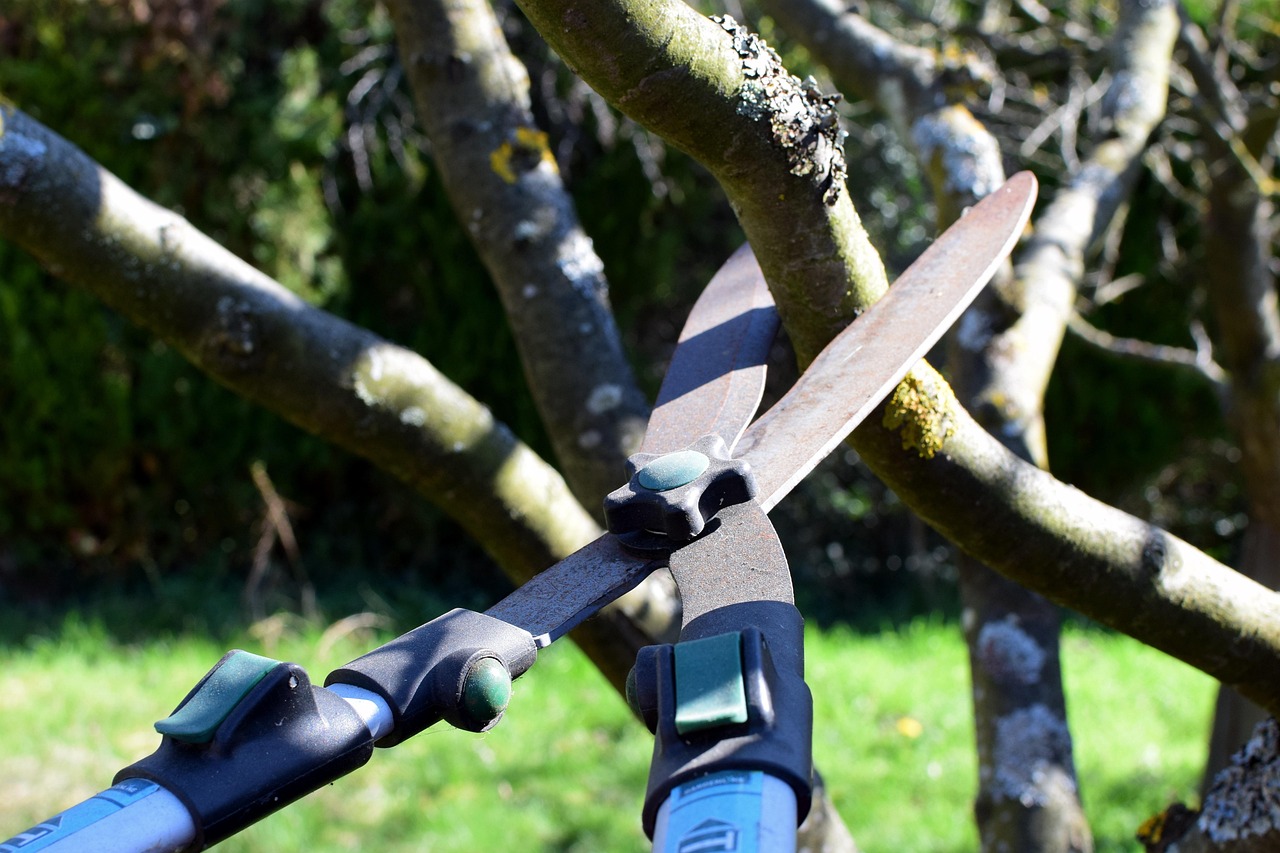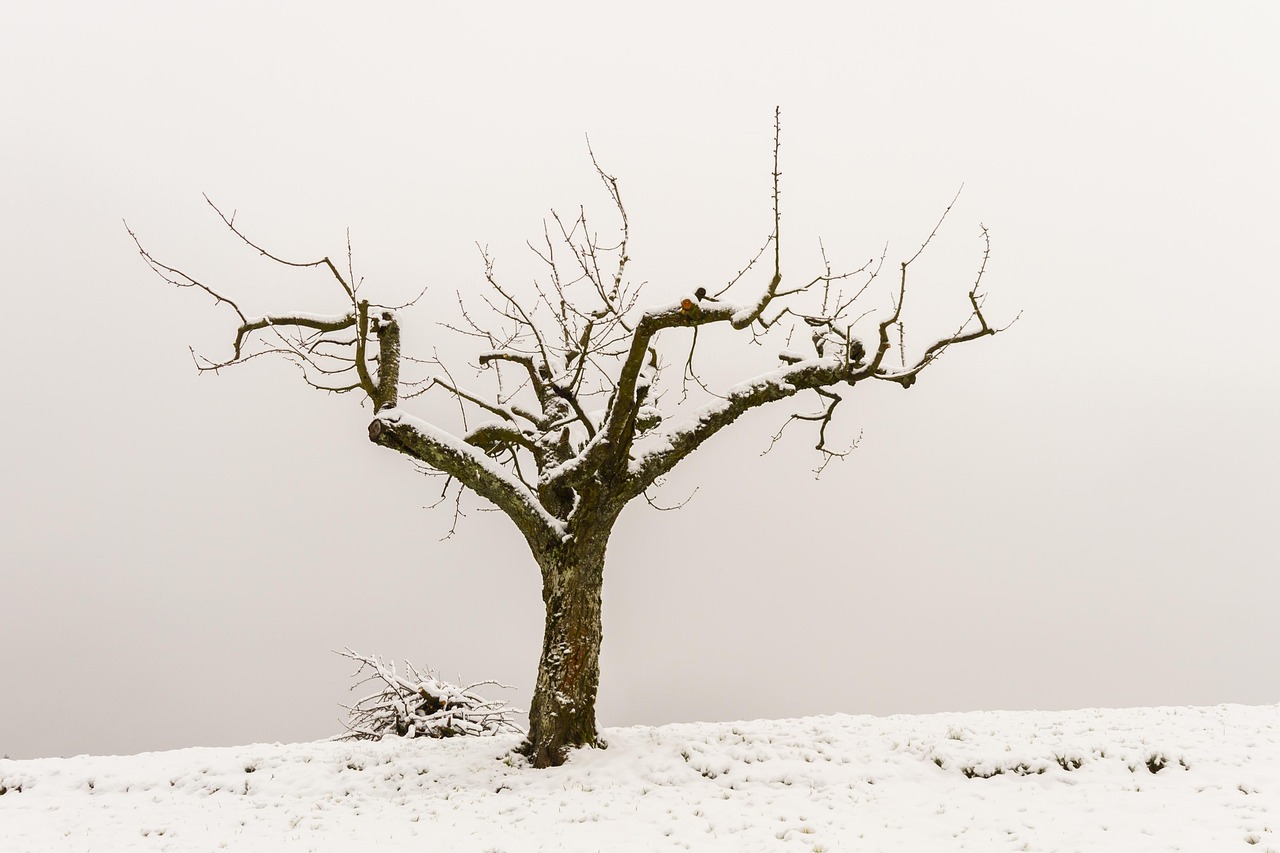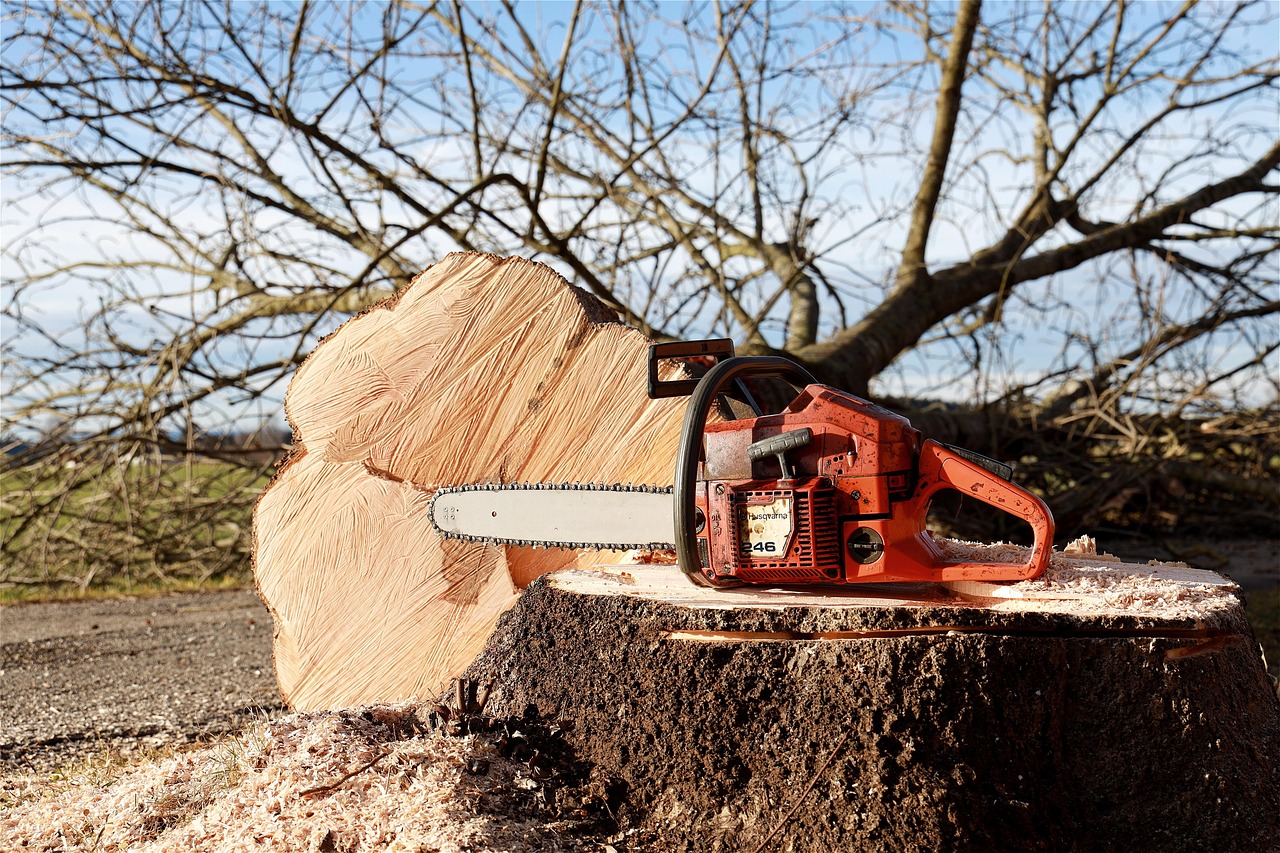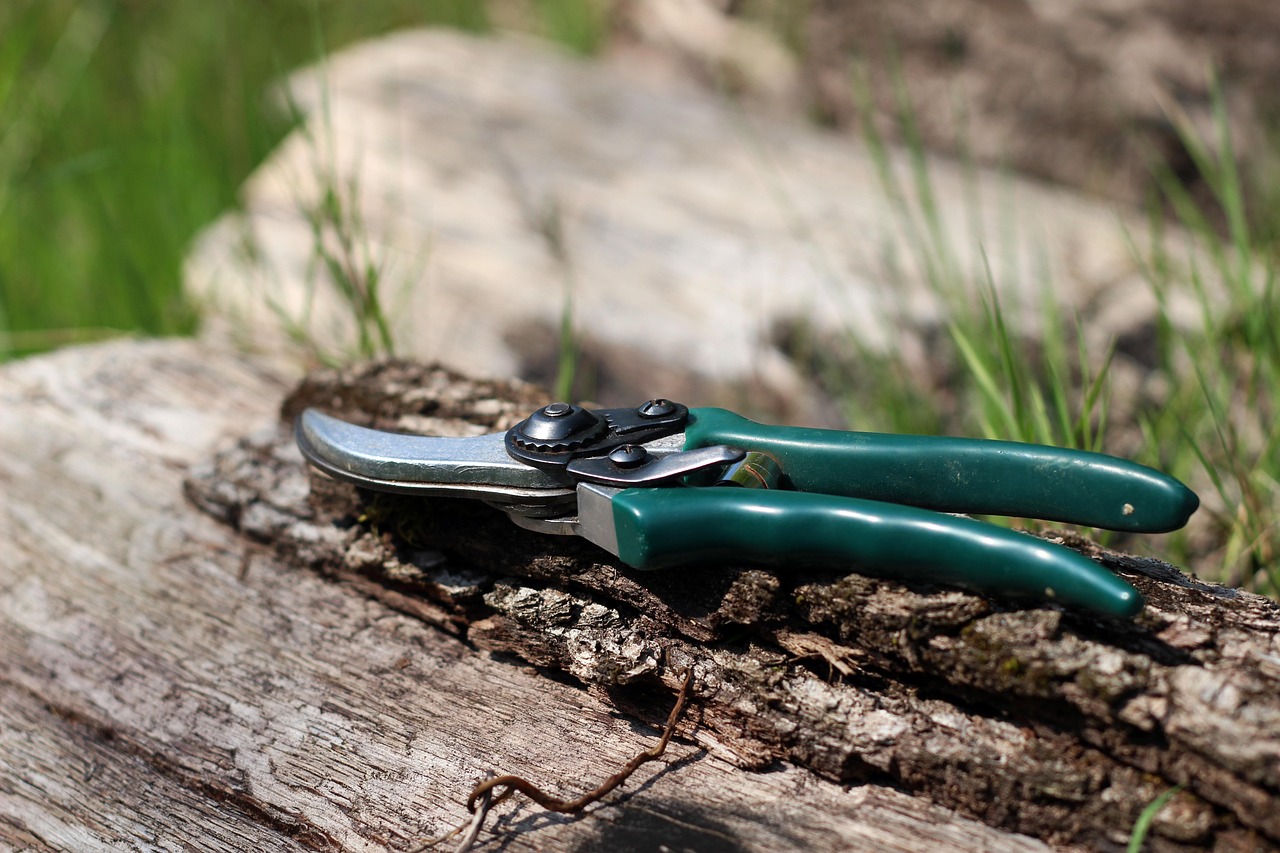Proper pruning and consistent care are vital for maintaining snowball trees’ health and enhancing their winter displays. Timing, tools, and techniques influence flower production and shape. This guide provides practical tips to ensure your Viburnum opulus stays vibrant, healthy, and a stunning focal point all year round.
Understanding Snowball Trees
I’ve always loved how snowball trees, with their large, round clusters of white flowers blooming in spring, add a touch of elegance. They belong to the Viburnum family, and I find their ornamental value simply unmatched. Viburnum opulus, in particular, has a way of brightening my garden as the seasons change—its dense flower clusters create such a striking display that I can’t help but admire it year-round. I’ve learned that, even in winter when many trees have cast off their leaves, my snowball tree stays standing proudly, thanks to regular pruning and care.

Pro-Tips
When I first started pruning my snowball tree, I underestimated the importance of using sharp, clean tools. Dull blades led to ragged cuts that took longer to heal and increased the risk of disease. Now, I always sharpen my pruning shears, loppers, and saw regularly—it’s a small step that makes a big difference.
Initially, I tried removing a lot of branches in one go to shape the tree quickly. I learned the hard way that over-pruning stresses the plant and can diminish its flowering. Now, I prune gradually over time, removing just enough to maintain shape and health without overtaxing the tree.
When I first pruned in late summer, I was surprised to see that new growth didn’t harden off before winter, making the branches more vulnerable to damage. I now wait until late winter or early spring, just as the bare branches reveal the structure, ensuring my cuts happen at the safest time for the tree.
At first, I neglected to disinfect my tools between cuts, which sometimes spread disease. Now, I wipe my tools with alcohol or a bleach solution after each session—preventing infections and keeping my snowball trees healthier.
When I was new to pruning, I overlooked the importance of making precise cuts—cutting too close to the trunk or leaving ragged edges. I’ve learned to cut just above a bud or lateral branch at a slight angle, which encourages healthy new growth and minimizes damage. This simple practice has greatly improved the overall appearance and vitality of my trees.
Why Prune Snowball Trees?
I always found that pruning my snowball tree does so much more than just keeping it neat. It’s about encouraging new growth, maintaining the perfect shape, and removing any dead or diseased branches that could otherwise hide the tree’s true beauty. Plus, I’ve noticed that pruning improves air circulation inside the canopy and allows more light to reach lower branches—both essential for a healthy, vigorous tree. These small tweaks really make a difference in ensuring my snowball continues to wow me every spring and winter.

When to Prune Snowball Trees
From my experience, late winter or early spring before new growth begins is the ideal time to prune. I always wait until the branches are bare, which gives me a clear view of the structure. Don’t be tempted to prune in late summer or fall—I made that mistake once, and the new growth didn’t harden off before winter hit, which left my tree vulnerable to damage. So, I’ve learned to be patient and prune just as winter winds start to fade—best for the tree’s health and my peace of mind.
Tools Needed for Pruning
I’ve found that having the right tools makes all the difference. I always keep these on hand:

- Pruning Shears: I always opt for sharp, clean shears; they give me precise cuts and help prevent disease.
- Loppers: For thicker branches, I rely on sturdy loppers—it saves my hands energy and makes the job easier.
- Saw: When I need to remove larger limbs, I always keep a good saw ready.
- Gloves: Protecting my hands is non-negotiable—I always wear durable gloves.
- Safety Glasses: Protecting my eyes from debris has saved me more than once.
I’ve learned to sharpen tools regularly—blunt blades make clean cuts impossible and can harm the tree.
Pruning Techniques
Over the years, I’ve adopted a few techniques, and I always remember that each has a specific purpose.
Crown Thinning
This is my favorite for summer when I want more light inside the canopy. I selectively remove interior branches, which allows better air flow and sun exposure. It’s been vital for preventing fungal issues and keeping my tree healthy.

Crown Raising
I always favor removing lower branches when I want a cleaner look or need to give clearance for passersby. This also improves visibility and accessibility underneath the tree, which I appreciate during maintenance.
Crown Reduction
When my snowball trees start getting too big, I use crown reduction to carefully shorten branches. I make sure to cut back to a lateral branch or a bud—this encourages healthy new growth while keeping the shape mostly natural. It’s like a little sculpture making, and I enjoy the process.
Common Mistakes to Avoid
Learning from my own slip-ups, I always remind myself to avoid these pitfalls:
- Over-pruning: I’ve learned that removing too many branches stresses the tree and can reduce flowering—so I always prune moderately.
- Improper cuts: I make sure to cut just above a bud or lateral branch; flush cuts or cutting too close to the trunk cause damage.
- Neglecting tools: I disinfect my tools between cuts—dirty blades spread disease, and I’ve seen the damage firsthand.
Benefits of Pruning Snowball Trees
I’ve always been rewarded with lush blooms and a striking shape when I prune properly. The benefits I’ve noticed include:
- More flowers: Regular pruning encourages vibrant blooms in both spring and summer.
- Better appearance: A well-shaped tree adds elegance to my garden year-round.
- Healthier trees: Removing dead or diseased branches prevents issues that could weaken the tree.
- Sunlight & air: Thinning the canopy improves light and airflow—key for reducing pests and fungal infections.
Seasonal Care Tips for Snowball Trees
Based on my experience, each season demands different care:
Spring
- I always wait until after the last frost to fertilize, giving it a balanced boost for the growing season.
- Inspect for winter damage and do some light pruning if needed—spring is perfect for shaping and cleaning up.
- I watch for pests and diseases as new leaves emerge.
Summer
- I keep my tree well-watered—deeply, not frequently—to encourage strong roots.
- Applying mulch helps retain moisture and keeps weeds at bay.
- I keep a wary eye out for pests—neem oil or insecticidal soap are my go-to defenses.
Autumn
- I do some final pruning of dead or diseased branches to prevent winter problems.
- I apply mulch around the base for protection against freezing.
- Deep watering before winter ensures the tree stays hydrated through the cold months.
Winter
- I avoid heavy pruning during this dormant period—too much stress can harm the tree.
- I check leaves or branches for damage—sometimes winter knocks branches down or creates cracks.
- If snow piles up, I gently brush it off to prevent breakage, especially on young trees I nurture.
Identifying Pests and Diseases
Early vigilance has saved me many headaches. I’ve learned to spot issues like aphids, powdery mildew, leaf spots, and scale insects early on. I always inspect my snowball trees regularly; catching problems early and treating with organic options like neem oil or fungicide helps keep them vigorous.
The Role of Fertilization in Tree Health
I always favor a balanced fertilizer—preferably early spring—applied evenly around the base but not on the trunk. Watering afterwards helps nutrients penetrate. Proper fertilization has made my snowball trees more resilient and blossoming beautifully—an absolute pleasure in the garden.
Enhancing Winter Displays with Proper Care
I’ve found that consistent watering and mulching go a long way in supporting my snowball tree’s winter display. Deep watering encourages strong roots, while mulch protects from temperature swings. When snow falls heavily, I brush it off carefully, so branches don’t break under the weight—safe to say, patience and a gentle touch are key.
Watering Practices
- Deep watering encourages deep roots—this has saved me during dry spells.
- I always check the soil moisture before watering—an inch of dry soil prompts me to water again.
- In winter, I reduce watering but ensure the tree isn’t dehydrated before the cold hits.
Mulching Techniques
- Organic mulch like bark or straw looks nice and breaks down over time, nourishing the roots.
- I keep mulch 2-4 inches thick, avoiding touching the trunk directly.
- Each year, I refresh the mulch to maintain its benefits.
Seasonal Pruning for Ongoing Health
Besides late winter pruning, I occasionally do light summer or autumn pruning. During summer, I remove water sprouts and thin crowded branches. Come autumn, I tidy up by removing dead wood and shaping the tree—this keeps it manageable and healthy.
Winter Protection Strategies
- I wrap young trees with burlap in early winter—worked wonders to protect from windburn.
- If heavy snow accumulates, I gently brush it off—branches can only take so much weight.
- Nearby de-icing salts can harm roots, so I avoid applying them close to my snowball trees.
Creating a Beautiful Landscape with Snowball Trees
I always think of my snowball trees as the centerpiece of seasonal gardens. I plant early-blooming bulbs around in spring, bright perennials like coneflowers in summer, and fiery maples in autumn. I love having evergreen shrubs nearby for winter greenery—it creates a layered, dynamic landscape that’s captivating year-round.
Caring for Snowball Tree Varieties
Each variety has its quirks—I’ve learned to adjust my care accordingly. For example, Viburnum plicatum ‘Mariesii’ prefers partial shade and regular watering, while Korean spice viburnum (Viburnum carlesii) loves rich, loamy soil and benefits from pruning after flowering. Proper understanding of their needs keeps my collection thriving.
Creating a Seasonal Garden Around Snowball Trees
Combining my snowball trees with other plants has always been rewarding. Daffodils and tulips push through in spring, followed by summer perennials, and colorful leaves in autumn. Evergreens add texture and color even in winter. It’s like having a living, changing artwork—my personal favorite approach to landscape design.
Maintaining Snowball Trees in Urban Landscapes
Living in the city, I faced challenges like poor soil and limited space. I always improve urban soil with organic amendments, water carefully through dry spells, and protect young trees with guards. Even in busy environments, I’ve seen my snowball trees flourish and become a breath of fresh air amid concrete jungles.
Understanding the Lifespan of Snowball Trees
From my research and experience,
